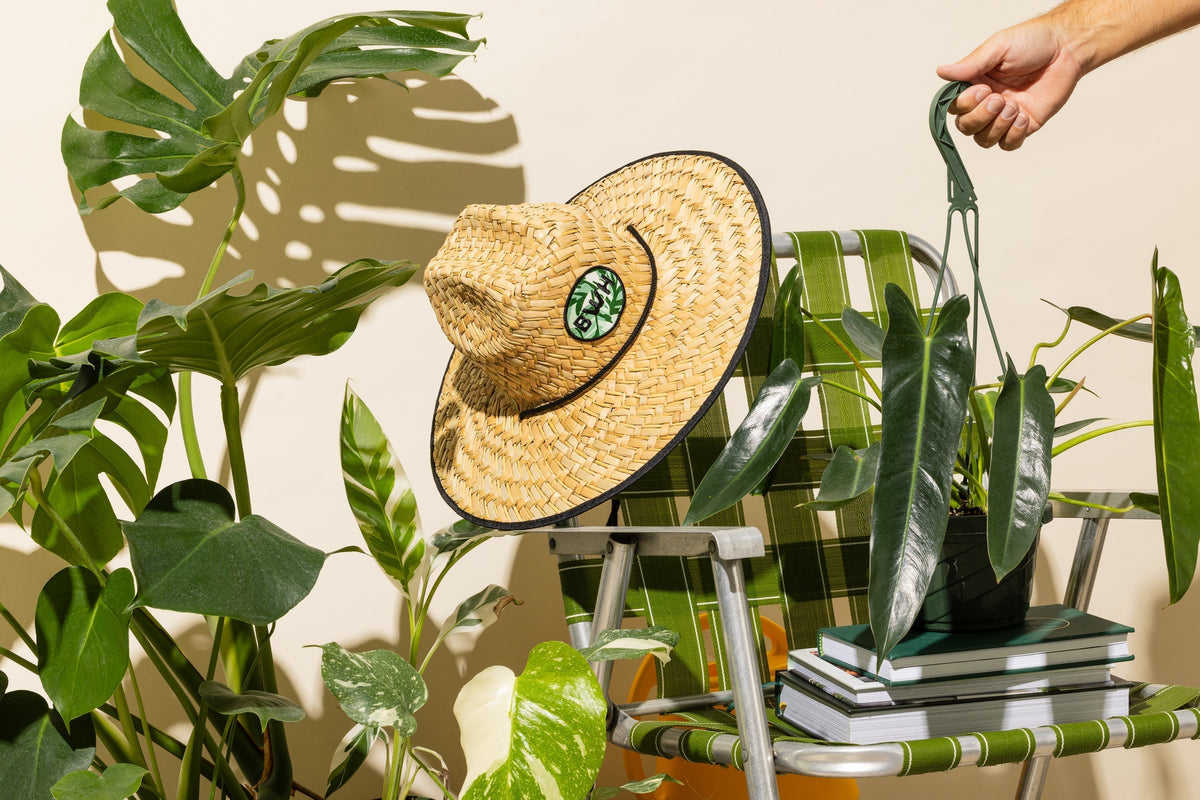
6 Tips for Houseplant Dormancy
Read in: 1 min
Read in: 1 min
Dormancy is a natural rest period for many houseplants, helping them conserve energy during less favorable growing conditions. Understanding dormancy can make all the difference in keeping your plants happy and healthy.
Dormancy is a survival strategy triggered by environmental changes, like shorter days, cooler temperatures, and reduced light. During this time, plants slow their growth or stop growing altogether. Some plants may even shed leaves to conserve resources.
Many houseplants experience dormancy in some form, including bulb plants like Caladiums and ZZs. Even Pothos! Alocasias, for example, are known to drop leaves or die back to the soil, while ZZ plants might stop pushing out new growth. Even though they appear inactive, their roots are still alive and storing energy for the next growing season 🔋
Dormant plants often show:
These signs can sometimes be confused with poor health, but they’re totally normal during dormancy!
Caring for a dormant plant is simple:
Not all houseplants experience noticeable dormancy. Tropicals like Monsteras and Philodendrons may keep growing, just at a slower pace.
As daylight increases in spring, your plant will wake up, producing new growth. Gradually resume regular watering and fertilizing routines to support their reawakening 🙌